May 24, 2025 | 16:27 GMT +7
May 24, 2025 | 16:27 GMT +7
Hotline: 0913.378.918
May 24, 2025 | 16:27 GMT +7
Hotline: 0913.378.918
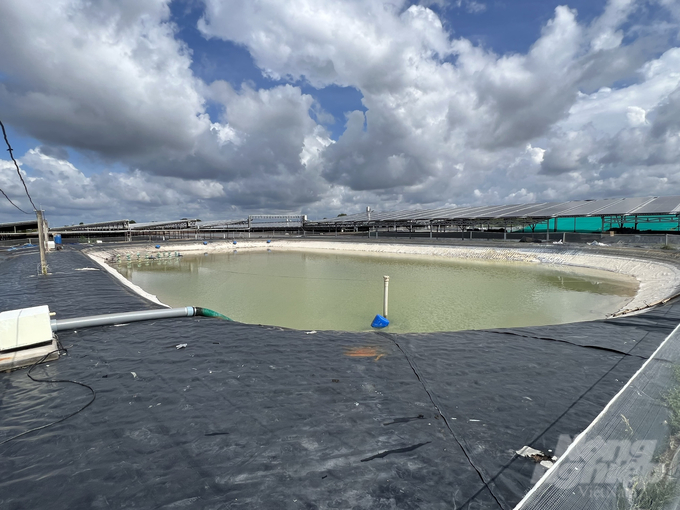
The aquaculture industry is forecast to face difficulties during the rainy season. Photo: Trong Linh.
In recent years, climate change has been having a great impact on the aquaculture industry in our country. It is estimated that climate change can cause losses in aquaculture production by up to 40%. Ca Mau province is one of the localities heavily affected by climate change, with an aquaculture area of approximatley 280,000 ha, the province's fisheries industry faces many difficulties and challenges.
In order to cope with climate change and be proactive in agricultural production, Ca Mau has constantly transformed its production structure, and regional planning to actively adapt to the current unusual weather, especially in the rainy season.
Mr. Do Chi Si, Head of Ca Mau Sub-Department of Fisheries, said, "Recently the unit has cooperated with Southern Monitoring Center for Aquaculture Environment and Epidemic to collect a sampling of surface water environment at 11 monitoring points on upstream river routes in the province".
The analysis results showed that the parameters such as temperature, pH, salinity, alkalinity, COD, and microbiological criteria of Vibrio parahaemolyticus are within allowable limits and are suitable for aquaculture development.
However, there are still some water environment indicators whose values are outside the allowable threshold. Specifically, dissolved oxygen (DO) indicators on river routes Luong The Tran, Thi Tuong River and Doi Cuong Canal have a concentration of 2-2.5 mg/litre, lower than the allowable threshold, this value is not suitable for aquaculture development.

The Fisheries Sub-Department of Ca Mau province recommends to aquaculturists some measures to take care of farmed shrimp to prevent damage in production such as: renovating the pond, squaring it carefully, follow the correct process to remove residual pathogens. Photo: Trong Linh.
N-NO2- indicator on river routes Vam Dam junction, Dam Doi River, Cai Doi River, Vam Dinh, Luong The Tran junction, Cai Doi Vam River, Duong Keo River, Doi Cuong Canal, Thi Tuong River and Tan Hung Canal is around from 0.08~0.23mg/litre, exceeding the allowable threshold from 1.50~4.7 times, this value is not suitable for aquaculture development.
In addition, the indicator N-NH4+ on river routes Vam Dam confluence, Dam Doi River, Cai Doi River, Vam Dinh confluence, Hoa My - Cong Da, Luong The Tran and Thi Tuong rivers have a concentration of approximatley 1~2.3 mg/litre, exceeding the allowable threshold of 1.1~2.5 times, this value is not suitable for aquaculture development...
Currently, Ca Mau has entered the rainy season, it is forecasted that there will be many heavy rains in the near future, the lowest temperature is from 25-26 degrees Celsius, and the highest temperature is from 30-33 degrees Celsius. Facing the above situation, Ca Mau Sub-Department of Fisheries recommends to farmers some measures to take care of farmed shrimp to prevent damage in production. These include renovating the pond, squaring it carefully, follow the correct process to remove residual pathogens; actively seeking clean water sources and having places to store water to supply and change water for ponds and farming squares when necessary; limiting direct water exchange with the environment outside rivers and canals without treatment; concentrating on reinforcing embankments and sluices to avoid landslides and overflowing water causing fishery loss.
On rainy days, farmers need to remove surface water during and after the rain and increase fan to avoid water stratification, and actively reduce or stop feeding shrimp during the rainy season. After the rain, it is necessary to add substances to increase resistance, microbial products to help stabilize the environment, and limit toxic gases in ponds and farming squares.
According to Mr. Sy, one of the other important factors is that farmers need to choose quality, tested seeds for stocking and stocking shrimp at a moderate density. This is applied to Vannamei shrimp cultured in earthen ponds with a density of 60-70 shrimp/m2, in ponds lined with canvas with 100-150 fish/m2, for 15-20 black tiger shrimp/m2.
According to the report for the first 6 months, the area of intensive shrimp farming with the disease is 31.5 ha; improved extensive shrimp disease is more than 12,800 ha, and the extent of damage is from 35-80% of the diseased shrimp farming area. The area of extensive shrimp farming combined with diseased shrimp is more than 14,160 ha, occurring scattered in the districts, the damage level is from 20-60%. These area has been generalized by the facility staff on disease prevention.
Translated by Hoang Duy
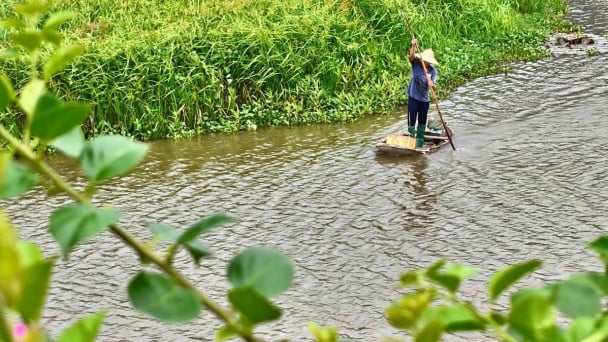
(VAN) In the tranquil wetlands of Van Long, there are quiet souls who guard the forests, nurture the waters, and oversee every bird and troop of langurs as protecting the essence of a living heritage.
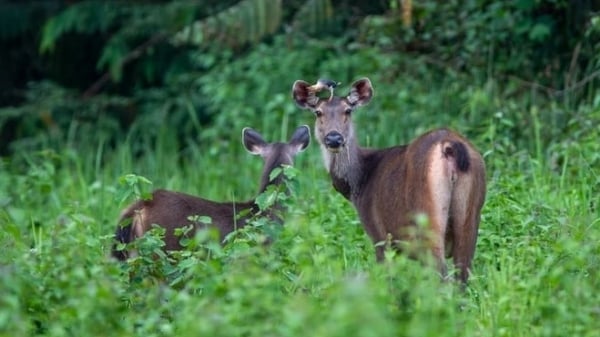
(VAN) WWF, GIZ, IUCN, UNDP call for biodiversity conservation and sustainable development must be regarded as a unity in strategies for a green future.
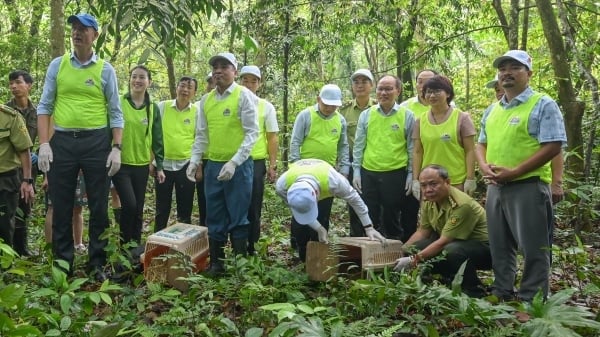
(VAN) On celebration of International Day for Biological Diversity, Deputy Minister Nguyen Quoc Tri called for practical actions to address nature and biodiversity conservation.
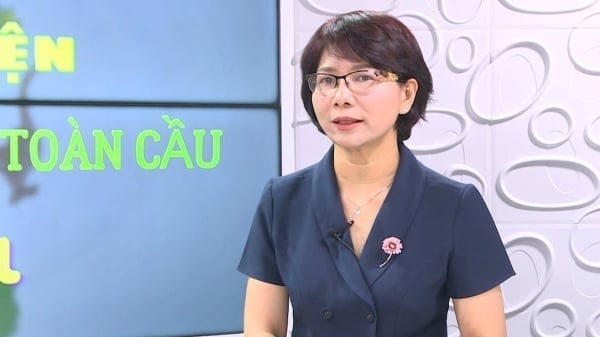
(VAN) Dr. Hoang Thi Thanh Nhan – Deputy Director of the Nature and Biodiversity Conservation Agency – highlighted this on the International Day for Biological Diversity, May 22, 2025.
![Ho Chi Minh city adapts to climate change: [2] Accelerating action](https://t.ex-cdn.com/nongnghiepmoitruong.vn/608w/files/chiqk/2025/05/22/4024-4220-bien-doi-khi-hau-1-100626_766.jpg)
(VAN) Clearly recognizing the challenges posed by climate change, Ho Chi Minh city has swiftly shaped its policies and implemented practical solutions to adapt.
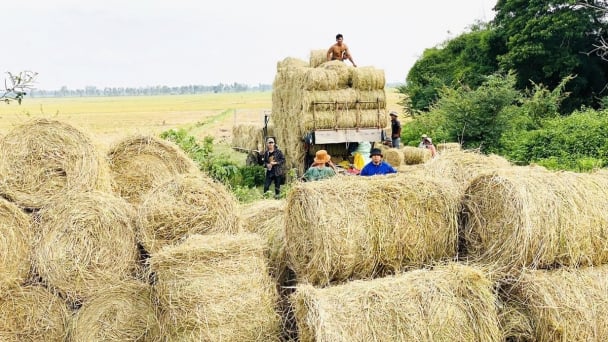
(VAN) Rice straw is no longer just a discarded byproduct, but it is becoming a green resource that helps farmers in the Mekong Delta reduce emissions and promote circular, sustainable agriculture.
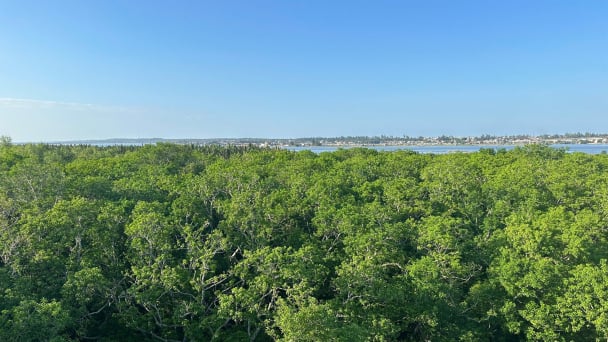
(VAN) Other Effective Area-based Conservation Measures (OECMs) are solutions that contribute effectively to achieving the goals of the Kunming–Montreal Global Biodiversity Framework.